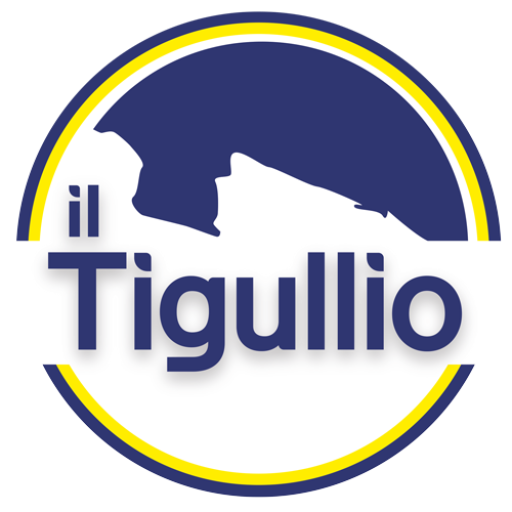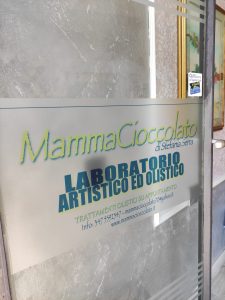
The Rapallo Music Kiosk: a gift from the Rapallesi who emigrated to South America.
✅ Before starting the reading, below we put some really interesting things about Rapallo and Tigullio. Take a look! 😉
- Tigullio’s treasures you cannot miss: The Christ of the Abyss
- San Michele di Pagana: what to see?
- Rapallo Castle, the symbol of the city, by the sea
- Tigullio: 10 (and more) reason for a Winter visit
- Tigullio: 5 curious things you need to know!
- Moneglia: 5 things you must (absolutely) see
- Love in Portofino: the very original song
- Portofino song: the TOP 5
- Why Focaccia is called Focaccia?
- Framura: what to see?
The Rapallese emigrated to Chile, wanted to give their hometown a suitable venue for band music concerts.
Many families transplanted to South America, all together, opened a subscription which, in just three years, was fully successful.
The Music Kiosk, was inaugurated in Rapallo in 1929.

The project, realized at the time by the surveyor Luigi Devoto, developed over a diameter of ten meters – and a height of nine, with twelve columns, supporting the whole dome.
Take a look at: 5 places you can’t miss in Rapallo!
To make Rapallo’s Music Kiosk unique, contributed significantly, the splendid frescoes inside the dome, made by professor Giovanni Grifo.
Grifo, previously, had been appreciated by the Rapallo community, for painting “The four seasons of cosmopolitan Rapallo”, on the facade of Hotel Savoia and for other works.
Take a look at: Rapallo Castle, the symbol of the city!

The fresco inside the dome, is a real anthology of the most famous composers: Verdi, Rossini, Bellini, Boito, Beethoven, Auber, Meyerbeer, Palestrina, Mozart, Berlioz, Gluck. They all have – behind them – the characters of their major works.
Set in the medallions on the arches, we find: Bach, Spontini, Pergolesi, Cimarosa, Bizet, Ponchielli, Gounod, Donizetti, Monteverdi, Händel, Haydn and Puccini.
It was a real “temple of music”.
In the Thirties, it offered a rich program of concerts for bands, but also entertainment of classical music, for piano and strings. The audience present at the performances, took place on chairs arranged all around the kiosk.
Take a look at: Valle Christi monastery in Rapallo

War period
During the Second World War, the building was used by the Germans, as a deposit for sacks of cement, for the construction of an anti-landing wall.
(A bomb exploded just nearby, splintering some columns.)
The area where the kiosk stands, on the seafront of the city of Rapallo, was called the “Marina delle Barche“.
Take a look at: 5 things to see in Santa Margherita Ligure

Over the years, the damage caused to the frescoes by salt and humidity, has been much more serious.
Buildings surrounding Piazza Martiri della Libertà are the houses of the ancient fishing village, whose arcades – in ancient times – were touched by the waves.
Take a look at: 5 things to see in Portofino
The Music Kiosk, Today
A restoration in recent years was necessary to safeguard the frescoes. It also involved the refurbishment and restoration of Piazza Martiri della Libertà (the square that houses the kiosk).
And now, there’s a stone-paved and it’s only pedestrian.
During these works, the remains of the ancient pier, came to light. Thanks to a small pyramidal glass, they are visible allowing us to have a ” small point of view” on the “ancient Rapallo”.















